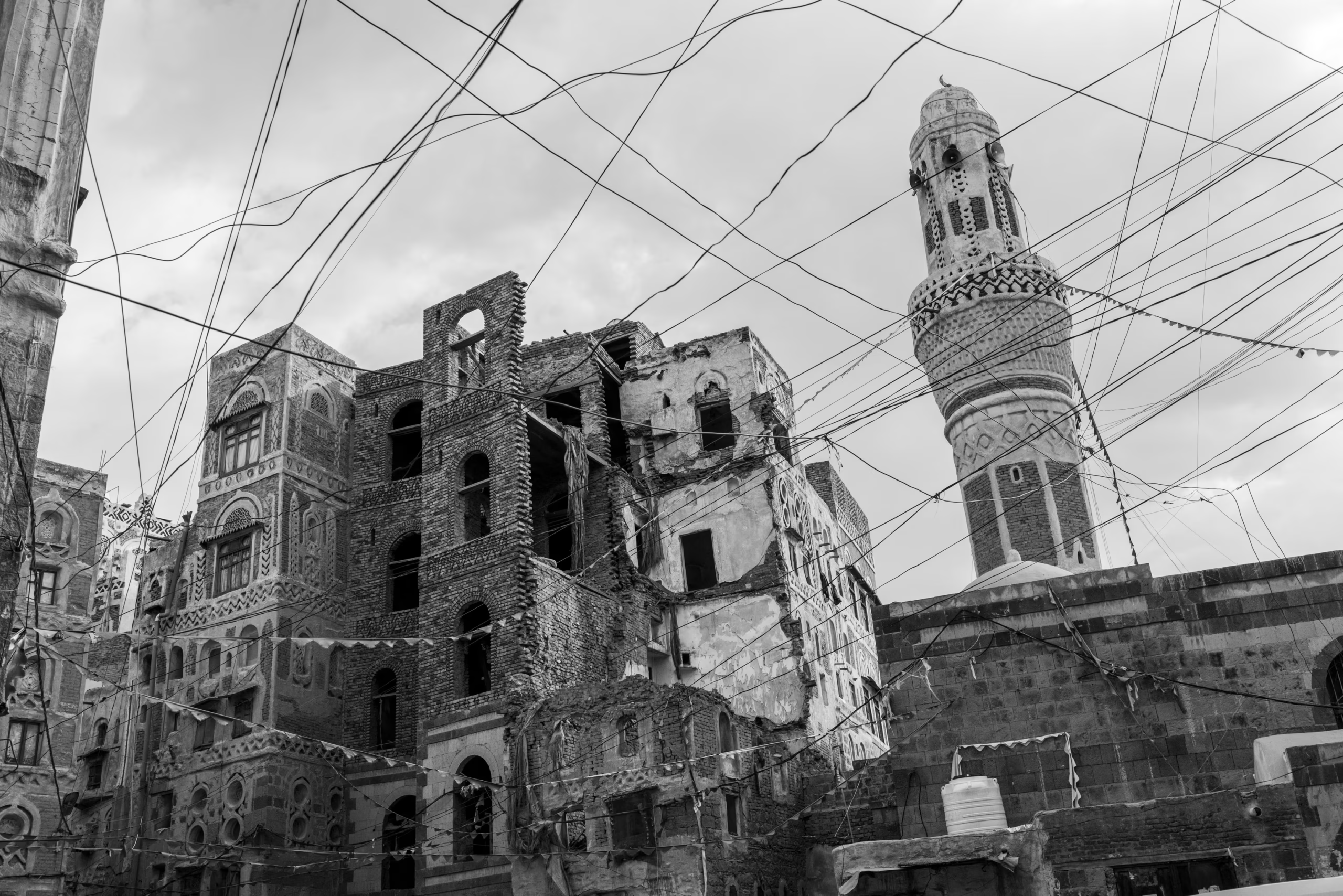Back in December 2016, Vienna’s city government in Austria shared what seemed like great news: A public-private partnership had come together to construct a brand-new ice-skating rink right outside the historic Wiener Konzerthaus, a venue over a century old.
If you’ve ever been to Vienna—the dazzling hometown of legends like Beethoven, Mozart, and Freud—two things stand out immediately. First, the city’s heart is an architectural wonderland, filled with baroque palaces, pristine courtyards, and a striking neo-Gothic city hall. Second, Austrians adore winter sports, a passion that has shaped a beloved tradition in Vienna since 1996: the annual setup of a seasonal ice-skating rink called Eistraum (“Ice Dream”), which pulls in hundreds of thousands of visitors each year.
In short, ice-skating is as much a part of Vienna as sausages and symphonies. So, you’d think a permanent rink—tucked into a high-rise to avoid crowding the streets—wouldn’t stir up much debate. But one major player pushed back hard: UNESCO’s World Heritage Committee, which argued the new structure would harm Vienna’s historic center.
Since 2001, Vienna’s old town has been a UNESCO World Heritage site, one of 1,154 globally recognized landmarks deemed worthy of preservation. After raising concerns about the high-rise rink in 2017, the committee placed Vienna on its “in danger” list—alongside 50 other troubled sites, from Syria’s ancient villages to Florida’s Everglades National Park. If the city doesn’t resolve these concerns, it could lose its UNESCO status entirely.
This clash between a cherished city and its favorite winter activity has put the World Heritage program—marking its 50th anniversary on November 16, 2022—under an uncomfortable spotlight. UNESCO itself was founded in 1945 as part of a post-war push for global cultural understanding and peace. In 1972, member countries adopted the World Heritage Convention to protect historic sites from war, natural disasters, looting, and economic pressures.
But safeguarding a living, evolving city like Vienna is tricky. It’s one of many challenges UNESCO has faced since 1972. A key issue? Balancing its mission to highlight iconic landmarks while managing the tourism boom that often follows.
The struggle to protect World Heritage sites
There’s no doubt the World Heritage label draws visitors to remote, often struggling regions. But controlling that flood of tourists hasn’t always worked. Take Hoi An, Vietnam—once a sleepy coastal village, now overwhelmed by crowds squeezing into its narrow lanes.
Some places, like Dubrovnik, Croatia, have taken action. Under UNESCO pressure, the city limited visitor numbers in its historic center.
Then there’s Cambodia’s Angkor Wat. Once reserved for priests, the 12th-century temple complex saw just 22,000 visitors a year when it became a World Heritage site in 1992. Now, that number has exploded to five million—and could double by 2025.
UNESCO calls Angkor a “model for managing a massive site with millions of visitors and a large local population.” But it also admits mass tourism has strained the area’s water supply, threatening the temples’ stability.
Stopping deliberate destruction has always been beyond UNESCO’s power. From Aleppo to Sana’a, cultural treasures have been war casualties. Most infamously, the group couldn’t stop the Taliban from blowing up Afghanistan’s Bamiyan Buddhas in 2001.
In 50 years, UNESCO has only removed three sites from its list: Oman’s Arabian Oryx Sanctuary, Germany’s Dresden Elbe Valley, and—just last year—Liverpool’s historic docks. Each time, governments ignored repeated objections and pushed ahead with development.
But UNESCO’s influence has limits. In Laos, officials are building a Mekong River dam near the ancient capital of Luang Prabang, despite UNESCO’s call for a heritage impact study first.
Climate change’s threat to World Heritage sites
Recently, UNESCO has faced a new foe: climate change. In 2007, scientists warned the group about growing risks to 26 sites, from melting glaciers to Peru’s ancient Chan Chan ruins, vulnerable to El Niño’s heavy rains.
Here, too, UNESCO’s power is limited. Take Australia’s Great Barrier Reef, a World Heritage site since 1981. Last year, UNESCO threatened to list it as “in danger” unless Australia cut greenhouse gas emissions—the first time climate change triggered such a warning.
After heavy lobbying, UNESCO delayed its decision until late 2022. In March, a team assessed the reef. Though Australia pledged $125 million for protection, its history of weak climate policies leaves doubts.
UNESCO wields more sway in poorer nations, like Belize. Its reef—the world’s second-largest—was on the “in danger” list from 2009 until June, when UNESCO praised Belize’s “visionary” coastal management.
Venice might be the most famous at-risk site. The city battles overtourism (25 million visitors in 2019) and worsening floods. Yet UNESCO didn’t add it to the “danger” list last year—a win for lobbyists but a letdown for activists who say Italy’s cruise ship ban isn’t enough.
So, Venice took action itself. Starting January, it’ll be the first city to charge entry fees, hoping to curb visitor numbers. Will it work? If so, UNESCO’s role—though indirect—will have mattered.
Flawed and sometimes powerless, the World Heritage program still matters. Its core idea is simple but urgent: The world’s treasures need protection because they can’t protect themselves.
So when UNESCO says a skating rink risks Vienna’s heritage, it matters. Even if the committee only serves as a voice of conscience, the next 50 years may prove it’s more vital than ever.
